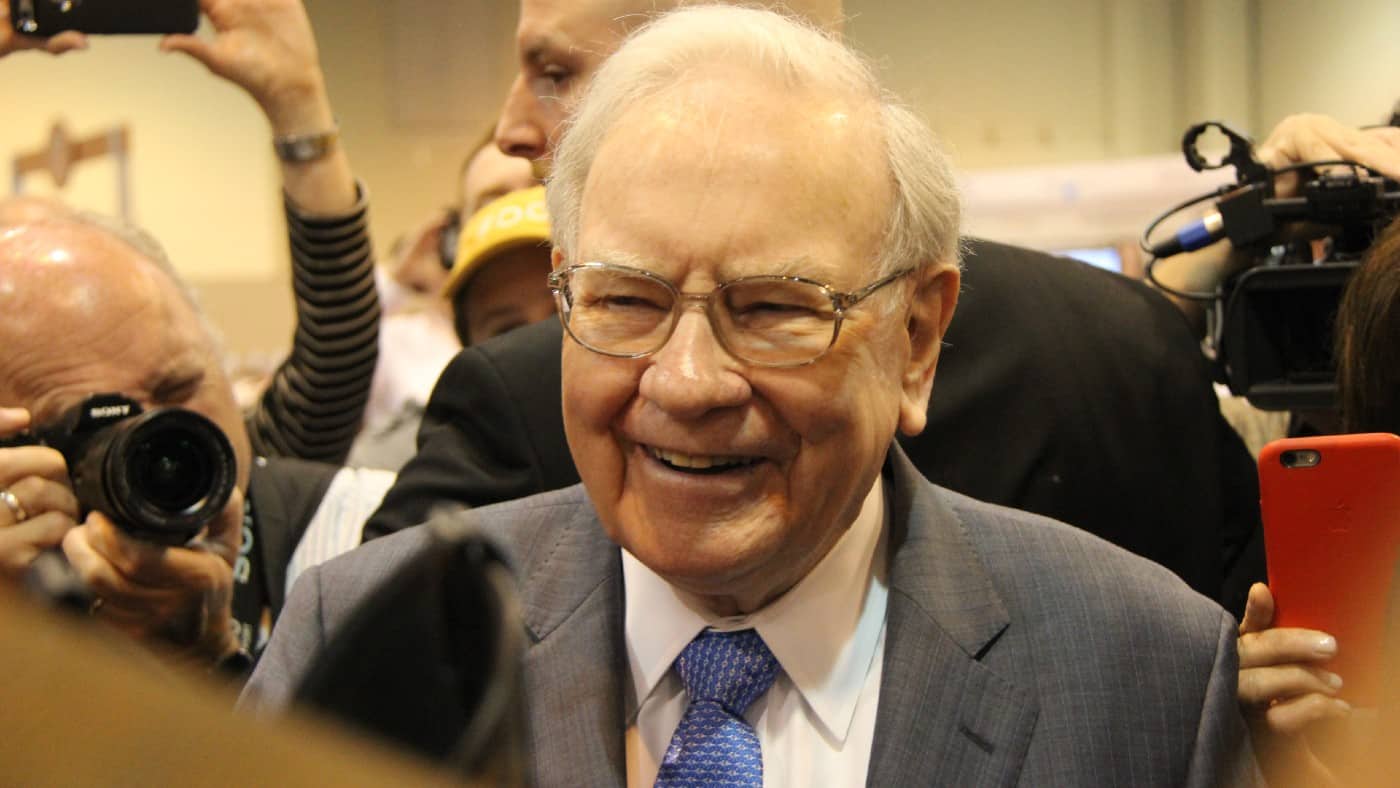Warren Buffett has made billions of pounds by investing in the right shares. But starting from zero, could adopting some of his investment techniques help me as I try to build my wealth through buying shares? I think so. Here, I explain why.
Patiently hunt for quality
Buffett does not rush when it comes to buying shares. Sometimes he follows a business for years, or even decades, before purchasing its stock.
The ‘Sage of Omaha’ waits because he wants to try and find brilliant investments, not just decent ones. I think that I am more likely to become rich if I make a few great investments rather than a larger number of mediocre ones.
That can be harder than it sounds. Being patient as an investor can sometimes test the nerves. But Buffett’s approach here is a model I can follow. He never invests just for the sake of investing. Rather, he waits until he finds an investment he thinks is genuinely compelling, then goes into it in a big way.
Even Buffett makes mistakes though. So, like him, no matter how promising I think a share is, I would always make sure my portfolio is diversified.
Margin of safety
Buffett emphasises the importance of always having a margin of safety when investing. If I had no savings and limited funds to start investing, my risk tolerance might actually be even smaller than Buffett’s.
But what does investing with a margin of safety mean in practice? Take as an example Diageo, the drinks company behind such famous brands as Guinness. I like the company’s business model, with its selection of premium brands giving it pricing power. I expect it will do well in future.
However, the price-to-earnings (P/E) ratio of 27 does not seem like great value to me.
Maybe good management and a strong assortment of brands can help the business grow earnings. But what if earnings fall, because many young consumers cut or reduce drinking alcoholic beverages? The current P/E ratio prices the company for a very high level of performance.
A cheaper valuation could offer me a higher margin of safety if the business’s future performance disappoints. Looking at it that way, I think one approach to the margin of safety concept is not simply to invest in good companies, but to focus on finding great companies with share prices that seem to significantly undervalue their future prospects.
Buffett buys what he knows
Another element of the Buffett approach to investment is to stay inside an investor’s circle of competence. If I was investing from scratch without savings, I could be tempted to buy shares in companies I did not really understand but looked tempting.
But that is not investment – it is mere speculation. To invest, I need to be able to understand a company’s prospects. That requires me to know how its business model works and what its financial prospects are. I can do that by reading up and learning about promising companies.
Buffett spends hours every day reading – that in itself is a lesson for me!








